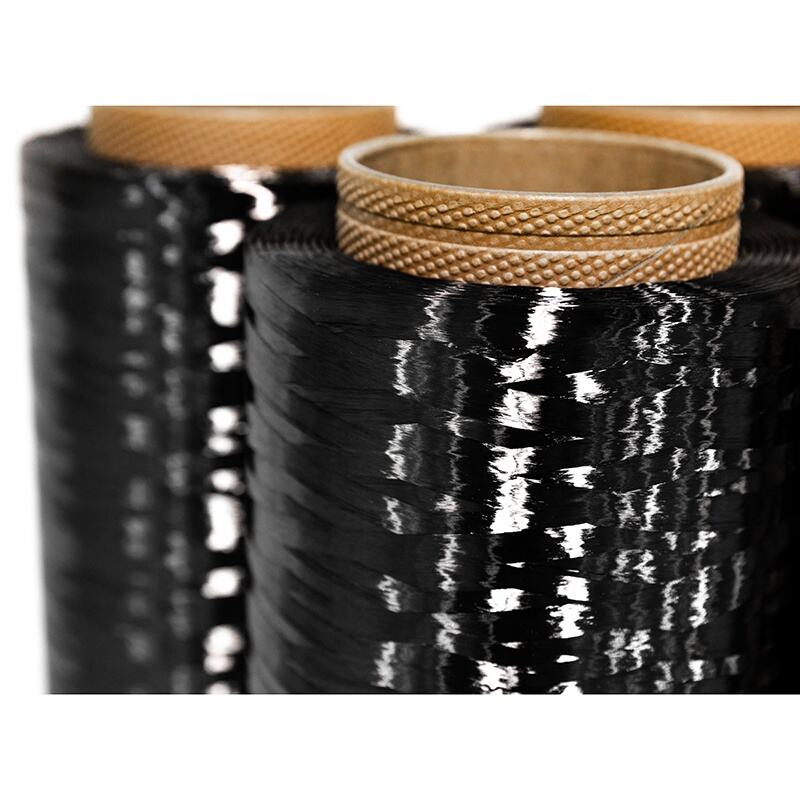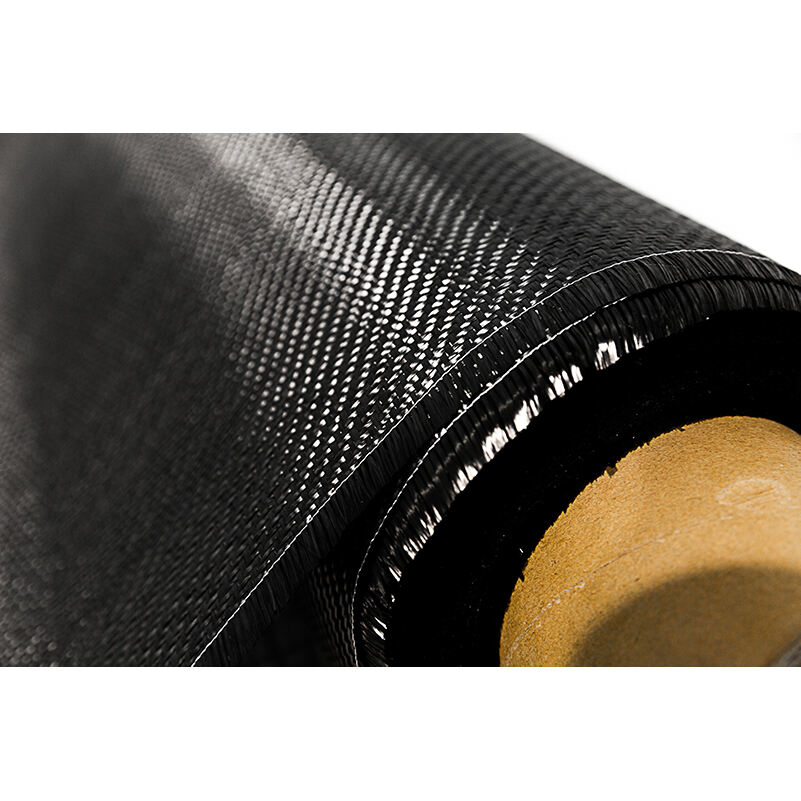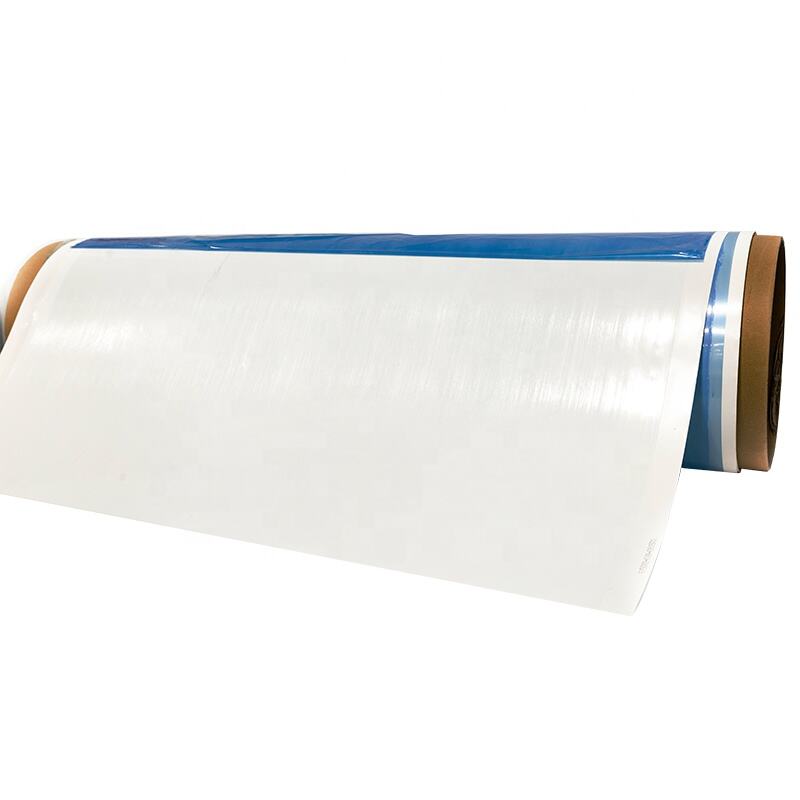repairing carbon fiber
Repairing carbon fiber has become an essential process in maintaining high-performance materials across various industries. This sophisticated repair technique involves restoring damaged carbon fiber composites to their original strength and integrity through a meticulous process. The procedure typically begins with a thorough assessment of the damage, followed by careful preparation of the affected area. Technicians use specialized tools to remove damaged fibers and create a clean surface for repair. The process involves applying multiple layers of new carbon fiber material, precisely matching the original fiber orientation and weave pattern. Advanced epoxy resins are then used to bond the new material with the existing structure. Modern carbon fiber repair techniques incorporate vacuum-assisted processes and controlled curing environments to ensure optimal bonding and structural integrity. This technology has revolutionized maintenance procedures in aerospace, automotive, and sporting goods industries, offering a cost-effective alternative to complete replacement. The repair process can restore up to 98% of the original strength in many cases, making it an invaluable solution for maintaining expensive carbon fiber components.


